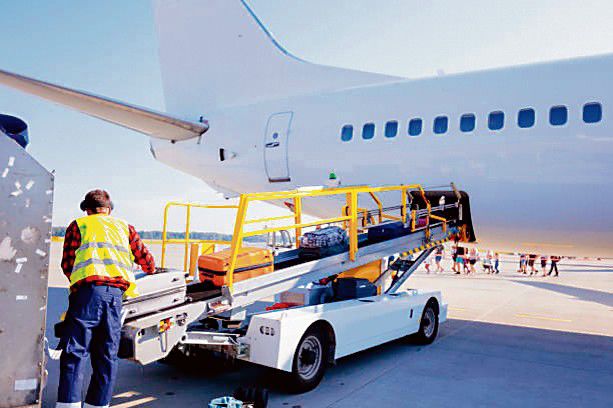Slumber at work, SOP violations: Regulator flags lapses, lists safety norms for airport staff
Vijay Mohan
Chandigarh, July 26
Faced with serious lapses such as operators dozing off at work, faulty equipment and flouting of standard operating procedures, the Directorate General of Civil Aviation (DGCA) has issued fresh instructions on ‘apron safety management’ to curb rising incidents involving aircraft, vehicles and ground equipment at airports.
The regulator has come out with a list of 25 guidelines on the prevention of apron/ramp-related incidents. The guidelines were last revised nearly 17 years ago i.e. in December 2007.
25 guidelines for operators, apron crew
- DGCA has asked operators to form safety teams, ensure staff training with conducive duty hours, adequate rest
- They will ensure proper signs, markings and lighting in aircraft parking areas, taxiways and service lanes
- Vehicles, except for emergency, to have speed governors, anti-collision lights and two-way communication with controllers
- Use of mobile while operating vehicles or equipment on apron or walking around on apron or taxiways prohibited
“Investigations have revealed drivers or equipment operators have fallen asleep while operating in the apron area, resulting in hitting a person, airport structure, aircraft or other vehicles,” a circular issued by the DGCA earlier this month stated.
Non-adherence to operating procedures by the ground staff, drivers, equipment operators, maintenance and refuelling personnel, air traffic control officers and aircraft-operating crew is among the causative factors identified by the DGCA on the basis of analysis of ground incident data. Faulty ground support equipment and its poor maintenance, equipment malfunction, poor or inadequate training, inadequate supervision, fatigue or increased duty hours and inclement weather are the other factors identified by the DGCA.
Apron or ramp is an important part of an aerodrome operational area where a host of activities, including manoeuvring and parking of aircraft, fuelling, loading and unloading and maintenance, are undertaken. It involves movement of vehicles, equipment and personnel in proximity to aircraft and incidents can have serious consequences.
The DGCA has stressed upon all aerodrome operators and stakeholders to establish apron safety teams, ensure that ground staff is properly trained with conducive duty hours and adequate rest, and that proper signs, markings and lighting are in place for aircraft parking areas, taxiways and service lanes.
All vehicles, except those for emergency and rescue services, are required to have speed governors, restricting their speed to 30 kmph, with the option of using the GPS and speed guns to track their movement. No two-wheeler is to be allowed on the apron and the number of other vehicles being used is to be kept at a minimum.
The use of mobile phones while operating vehicles or equipment on the apron or walking around on the apron or taxiways has also been prohibited. The staff have been encouraged to report fatigue to their supervisors and take adequate rest before coming for work.
Unattended tools and equipment have been identified as a high-risk source of mishaps and organisations operating on the apron have been asked to develop a tool management programme to mitigate the risk.
In separate orders, the DGCA has further laid down requirements for issue of safety clearance to ground-handling service providers at airports to ensure safety, reliability and consistency of flight operations in an increasingly complex and expanding functional environment.









